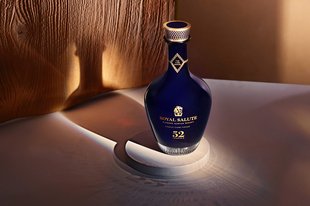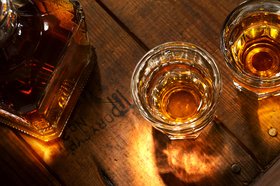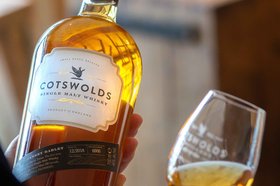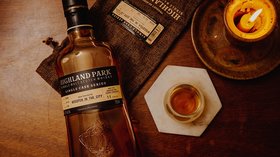Single Malt vs Blended Whisky: 3 Key Differences, Why Invest In Them
Single malt vs blended Scotch whisky — what’s the difference, and which is better?
In simple terms, single malt whisky is a product of a single distillery made entirely from malted barley. Meanwhile, blended whisky is a harmonious marriage of multiple whiskies, including malt and grain whiskies, from different distilleries.
This article will delve into the nuances between these two types of whiskies, if one is better than the other, and why and how you can start investing in both.
Further reading
- Find our why you should Invest in Whiskey - an excellent alternative investment!
- Explore the 15 Best Sherry Cask Whiskies to buy now.
Single Malt vs Blended Whisky: 3 Main Differences
The different origins and making techniques contribute to the distinct flavor profiles of single malt and blended whisky. Single malt whiskey lovers cherish its bold character, while blended whiskey offers a smooth and balanced profile.
But both whiskies have a dedicated fan following for a good reason.
Here are the three main differences:
1. Making and Aging Techniques
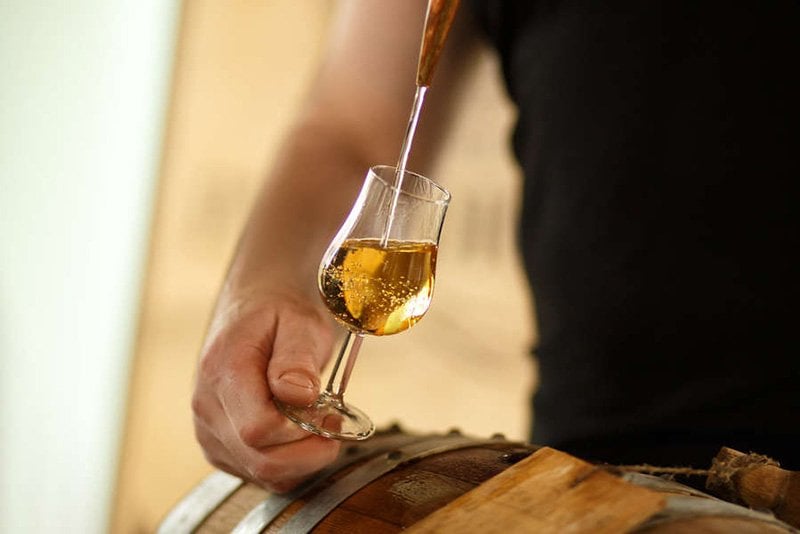
According to Scotch whisky regulations, single malt whisky is produced from 100% malted barley at a single distillery, using traditional copper pot stills for distillation.
The aging process occurs in an oak barrel or cask, often imparting unique flavors based on the cask's previous contents. They spend nearly 8 to 20 years in a cask, and sometimes for as long as 5 to 8 decades.
Blended whisky, on the other hand, is a carefully crafted mix of malt and grain whiskies from multiple distilleries. A master blender meticulously combines malt and grain whisky, taking into account their individual characteristics, to achieve a consistent flavor profile.
2. Flavor Profiles
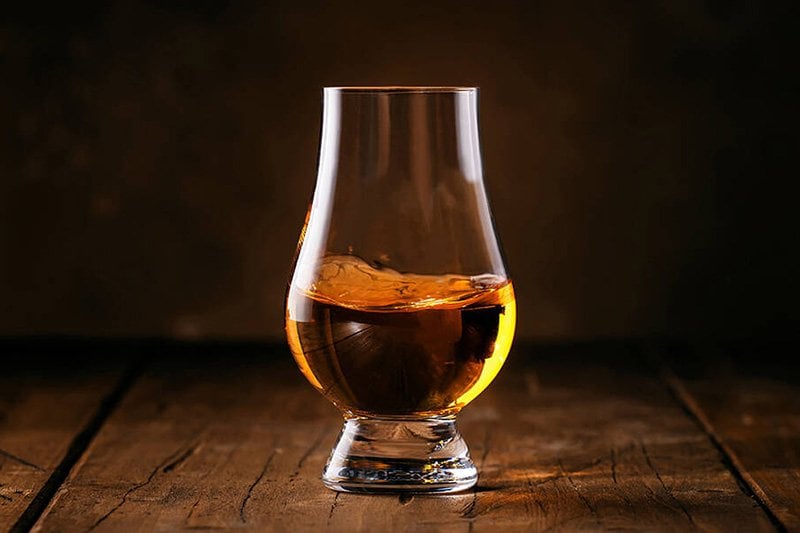
Single malts are known for their complex and nuanced flavors, often influenced by regional variations and cask maturation. They can range from rich and peaty to light and fruity.
Blended whiskies, however, typically offer a more balanced and smooth flavor profile. The blending process allows for diverse flavors, resulting in a more approachable and versatile product.
3. Price Differences

Generally, single malt whiskies tend to be more expensive than blended whiskies. The Macallan Lalique 50 Year Old is available today for around $208,973, for instance.
The high prices can be attributed to factors like production costs, age statements, and rarity.
Single malts require a more labor-intensive production process and often have limited releases, driving their value.
Blended whiskies, while still offering quality and complexity, often come at more accessible price points. This is due to the wider availability and the economies of scale associated with blending different whiskies.
One of the most expensive blended whiskies is the Royal Salute The Time Series Single Cask Finish 52 Year Old, which is priced at around $32,000.
All About Single Malt Whisky: How It’s Made, Best Bottles to Buy

By definition, single malt whisky is made from 100% malted barley and produced at a single distillery.
This involves mashing the malted barley, fermenting the resulting sugar-rich liquid, and distilling the alcohol in copper pot stills. A high percentage of malted barley in the mash bill (a specific recipe or ratio of grains) is a defining factor for single malt Scotch whiskies.
The copper pot stills are crucial in shaping the final spirit's character, contributing to the unique flavor profile and mouthfeel.
Some whiskies are matured in an ex-bourbon or ex-sherry cask, while others may be finished in a cask or barrel that previously held wine or rum.
The interaction between the whisky and the different casks during maturation imparts unique flavors, such as vanilla, caramel, or dried fruit, enhancing the whisky's complexity and depth.
Note: Don’t confuse single malt whiskies with ‘pure malt.’ This is an old expression of Scotch whiskies that’s not applicable anymore. However, you may still find it on some Japanese whiskies, which denotes a blend of different single malt whiskies from different distilleries.
Notable Single Malt Regions and Labels
Different regions, particularly in Scotland, have distinctive characteristics, such as peat levels, water sources, and climatic conditions, which greatly influence the taste of single malt whisky.
For instance, Islay whiskies are renowned for their smoky, peaty flavors, while Speyside whiskies are known for their fruity and floral notes.
Check out some of the finest samples of these popular regions:
1. Speyside

Known for its elegant and fruity whiskies, Speyside boasts Scotland's highest concentration of distilleries.
- The Macallan 'Tales of The Macallan Volume I' 71 Year Old Single Malt Scotch Whisky, Speyside - Highlands, Scotland: $145,007
- Gordon & MacPhail Generations Mortlach 75 Years Old Single Malt Scotch Whisky, Speyside, Scotland: $46,778
- Glenfiddich 12 Year Old Single Malt Scotch Whisky, Speyside, Scotland: $ 49
2. Highland

The diverse Highland region offers a wide range of flavors, from delicate, floral whiskies to full-bodied, peaty drams.
- The Macallan Lalique 55 Year Old Single Malt Scotch Whisky, Speyside - Highlands, Scotland: $201,346
- The Macallan Lalique Golden Age of Travel Single Malt Scotch Whisky, Highlands - Speyside, Scotland: $162,323
- The Macallan 18 Year Old Sherry Oak Single Malt Scotch Whisky, Speyside - Highlands, Scotland: $1,092
3. Islay
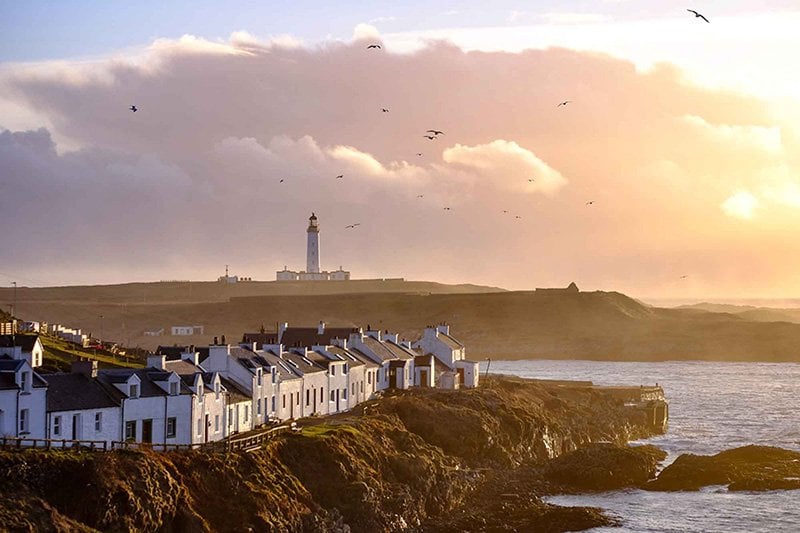
Famed for its bold, smoky, and peaty whiskies, Islay's rugged coastline and rich peat bogs create a distinctive and memorable single malt experience.
- Bowmore Aston Martin 'Black Bowmore DB5' Single Malt Scotch Whisky, Islay, Scotland: $144,434
- Bowmore Aston Martin 'ARC-52' 52 Year Old Single Malt Scotch Whisky, Islay, Scotland: $112,750
- Lagavulin 'The Distillers Edition' Double Matured Single Malt Scotch Whisky, Islay, Scotland: $133
All About Blended Whisky: How It’s Made, Fine Bottles to Buy

Blended whiskies are made from a mix of malt and grain whiskies from multiple distilleries.
Malt whiskies, produced from 100% malted barley, bring depth and character to the blend. Meanwhile, grain whisky, made from various grains such as corn, wheat, or rye, contributes smoothness and lighter notes.
The production process of blended whiskies begins with the individual distillation of malt and grain whisky, which is then aged separately in oak casks.
After maturation, master blenders carefully select and combine these whiskies in specific proportions to achieve a desired flavor profile. Each component of whisky contributes its unique characteristics to the final blend.
One of the hallmarks of blended whiskies is their smooth and balanced flavor profiles. The blending process ensures that no single flavor dominates.
Blended whiskies also offer diverse flavors, from light and fruity to rich and smoky, catering to a wide array of preferences.
Popular blended whiskies
No matter your preference and style, there’s a delightful blended whisky for all tastes.
- Royal Salute The Time Series Single Cask Finish 52 Year Old Blended Scotch Whisky, Scotland: $32,870
- Johnnie Walker Master's of Flavour 48 Year Old Blended Scotch Whisky, Scotland: $25,097
- Dewar's Double Double 32 Year Old Blended Scotch Whisky, Scotland: $416
- Johnnie Walker Blue Label Blended Scotch Whisky, Scotland: $220
- Old Smuggler 12 Year Old Blended Scotch Whisky: $121
- Chivas Regal Gold Signature 18 Year Old Blended Scotch Whisky, Scotland: $74
- Big Peat Small Batch Global Travellers Edition Blended Malt Scotch Whisky, Islay, Scotland: $40
- Johnnie Walker Red Label Blended Scotch Whisky, Scotland: $22
- Chivas Regal 12 Year Old Blended Scotch Whisky, Scotland: $34
Is Single Malt Better than Blended Whisky?
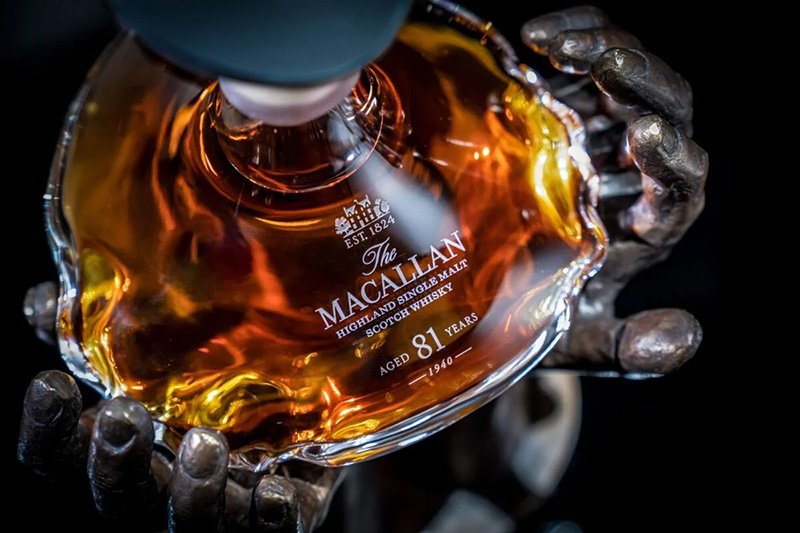
Single malts are popular as a more refined choice for seasoned whisky connoisseurs. But, some of the finest blended whiskies are close contenders.
If you want to pick one, here are the factors you can consider:
- Price: As we’ve seen, single malt whiskies are generally priced higher and are marketed as premium products when compared to blended whiskies.
While some blended whiskies may be perceived as lower quality due to their lower prices, many premium blends are highly regarded and can compete with single malts in terms of taste and craftsmanship.
- Flavors: Single malts may appeal to those who appreciate complex, nuanced flavors. Blended whiskies offer a smoother, more balanced taste.
- Purpose: For a special event or gifting, a premium single malt might be ideal, while a quality blended whisky could be a versatile choice for casual gatherings or everyday enjoyment.
In short, whether single malt is better than blended whisky is a matter of personal preference.
Why You Should Invest in Single Malt and Blended Whisky
Investing in single malt and blended whisky offers a unique opportunity to diversify your portfolio.
The finest single malts are usually rare, limited releases that can appreciate over time.
- A 1950s Glenfiddich single malt bottle set a new record in December 2021, selling for an astonishing $1.1 million at a charity auction — making it the most expensive Glenfiddich ever sold at such an event.
- The Macallan 55-year-old Lalique bottling was released at $12,000 in 2008. It has shot up more than 15 times that value by now.
On the other hand, blended whiskies offer a more accessible entry point for investment. For instance, the Macallan 40 year old Sherry Oak 2016 blend sold for $30,136 at the Speyside Whisky Auctions in April 2022.
Besides these two premium categories, you could also choose to invest in:
- Vatted malt whiskey
- Blended malt whisky
- Single grain whisky
- Single barrel whiskey
- Blended grain whiskey
- Bourbon whiskey
But, we’ll tell you what’s better than investing in these premium whiskies by the bottle.
Whisky distilling is labor- and capital-intensive, with Scotch requiring a minimum three-year maturation. That’s why distilleries allow private investors to buy casks for investment.
Whiskey casks have more liquidity. Whenever you decide to sell your cask, you can blend, bottle, or age it further.
So invest in whisky casks to maximize your returns.
How?
Invest in the Finest Whiskey Casks

Vinovest offers you the easiest solution for purchasing, storing, and selling some of the world's rarest and most sought-after casks.
The platform lets you eliminate intermediaries and additional commissions, resulting in upfront savings.
Moreover, your whiskey cask is securely stored, insured, and managed by a team of experts, ensuring its safety.
The benefits of investing through Vinovest include:
- The continued aging of whiskey in the cask, increasing its value.
- Annual sample bottles from your cask for personal enjoyment.
- Opportunity to visit and view your whisky in person.
- Expert guidance on optimal hold times from the team.
- Flexibility to sell your cask or have it bottled at your convenience.
- Invest in exceptional Japanese, Scotch, or Irish whiskey casks.
Single Malt vs Blended Whisky: Invest In The Best of Scotch
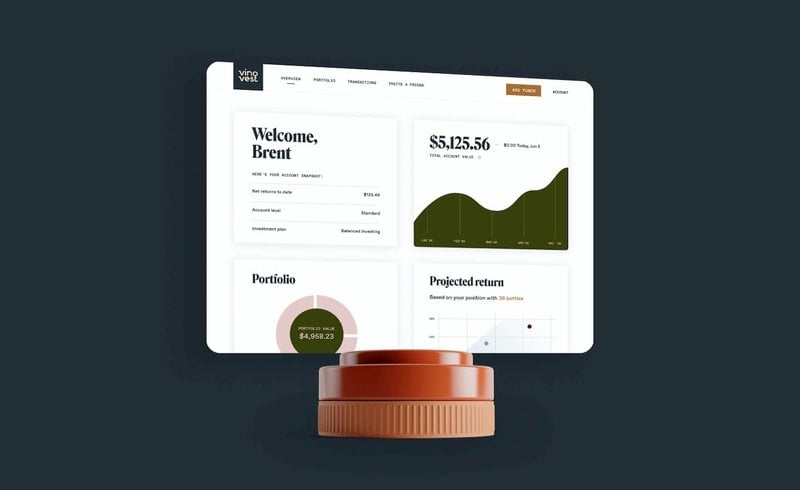
While single malts are known for their complexity and regional variations, blended whiskies bring smoothness, balance, and versatility.
The key to truly enjoying whisky lies in personal preferences and exploration.
Moreover, the growing demand for these iconic spirits offers undeniable advantages for your investment portfolio.
Begin your investment journey by picking a single malt or blended whisky cask on Vinovest today.
